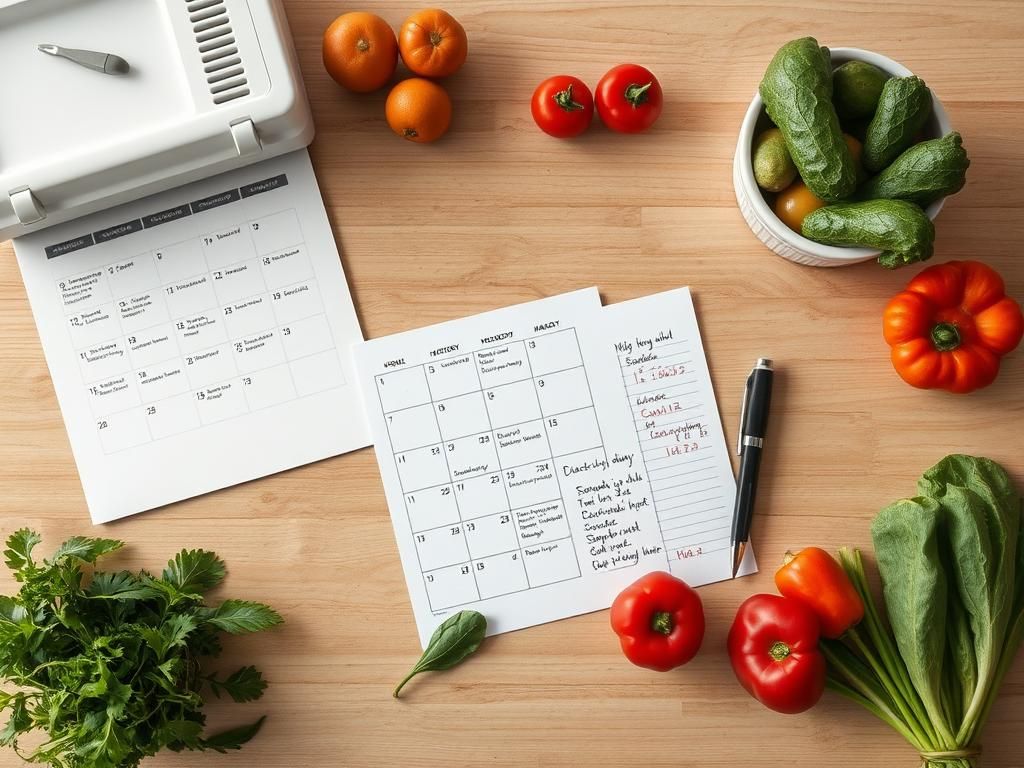
Why plan meals
Planning meals reduces last-minute stress, cuts food waste, and makes shopping faster. A small, consistent routine each week gives reliable dinners and easier lunches.
A simple weekly workflow
1. Set goals and constraints
Decide how many meals you need, any dietary limits, and which nights are busiest. Clear constraints make choices simple.
2. Take a quick inventory
Scan the fridge and pantry. Note perishables to use first and staples you can rely on.
3. Use a template
Assign themes to days (for example: bowl night, pasta, soup, grill, leftovers). Templates reduce decision fatigue and speed planning.
4. Choose recipes that share ingredients
Select 3–5 recipes that reuse key items. Batch-cook proteins or grains and repurpose leftovers into lunches.
5. Build a single shopping list
Group items by store section and buy perishables last. Keep the list compact to avoid impulse purchases.
6. Schedule and add backups
Write the plan on a calendar or note app. Add one reliable quick meal and a frozen option for unexpected changes.
Weekly review
- Note what worked and what didn’t.
- Adjust portions or swap recipes for variety.
- Save favored plans to reuse and adapt.
Start with 20 minutes once a week. Over time the routine becomes faster and makes dinnertime far less stressful.
